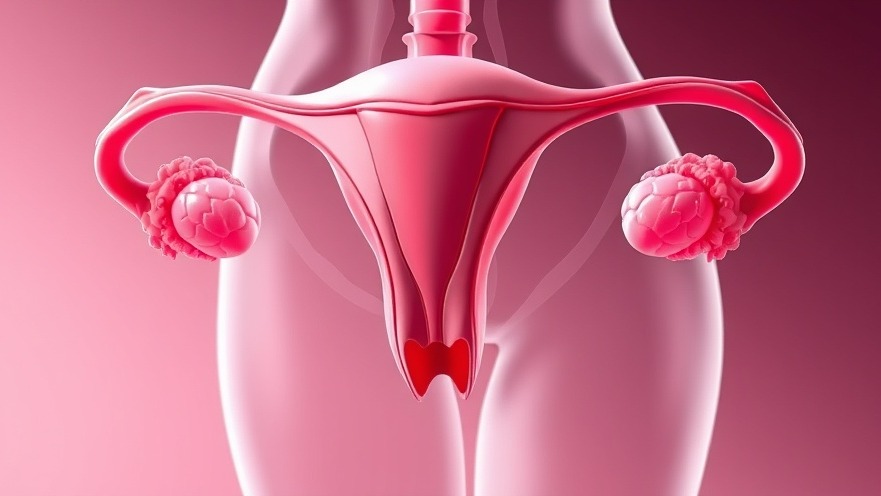
Understanding Uterine Conditions: A Guide for Your Patients
Uterine conditions often remain hidden until a woman attempts to conceive, revealing themselves when pregnancy becomes a priority. This can lead to unexpected challenges, as some women may be unaware of underlying conditions that could complicate their reproductive journey. In fact, about 3 out of every 100 women are born with congenital uterine conditions that can affect their ability to carry a healthy pregnancy to term.
The Complexity of Congenital Uterine Conditions
Congenital conditions refer to abnormalities that are present at birth. Issues may arise when the Mullerian ducts, which complete the formation of the uterus, don't unite properly. Conditions such as a septate uterus—where a band of tissue splits the uterus—can significantly stall conception attempts. Many patients encounter a heartbreaking cycle of miscarriage, prompting healthcare providers to recommend surgical intervention to repair these conditions and increase the likelihood of a successful pregnancy.
Common Uterine Abnormalities Explained
Among the variations of uterine abnormalities are the:
Bicornate Uterus: Characterized by two separate cavities, this condition typically does not necessitate surgery and many women with this condition conceive without significant issue.
Didelphys Uterus: As the name implies, this results in two distinct uterine cavities and cervixes, which can complicate a pregnancy but may not prevent it.
Unicornate Uterus: This occurs when only part of the uterus develops. Unfortunately, surgery is limited in its capacity to expand the uterus, thus understanding and monitoring this condition is essential.
Implications for Pregnant Patients
While some uterine conditions will not pose risks during pregnancy, others can lead to significant complications like:
Preterm Birth: Defined as birth before 37 weeks, this can have serious consequences for a baby's health.
Birth Defects: These can stem from restricted fetal growth due to structural limitations in the uterus.
C-Section Delivery: Some women may require surgical intervention to deliver safely, especially if the baby is in a breech position.
The Role of Fibroids
Another acquired condition to be aware of is fibroids—non-cancerous growths in the uterus that can impact pregnancy. While many women might have fibroids without symptoms, they can sometimes interfere with implantation or fetal development. This makes it vital for compassionate healthcare providers to have open discussions around uterine health.
Supporting Patients through Uterine Health Awareness
As a concierge medical practice owner, maintaining awareness of such conditions not only enriches patient care but also positions your practice as a leader in wellness advocacy. By prioritizing education on uterine health and its implications, you empower your patients to take charge of their reproductive health. This enhancement in patient knowledge can lead to better emotional and physical outcomes during pregnancy.
Encourage Conversations About Uterine Conditions
Fostering discussions around uterine health is essential. As trusted advisors, you can guide your patients through their concerns and help them understand the potential ramifications these conditions can have on their pregnancy pursuits. This empathetic approach not only enhances patient relationships but exemplifies your commitment to holistic health.
 Add Row
Add Row  Add
Add 




Write A Comment